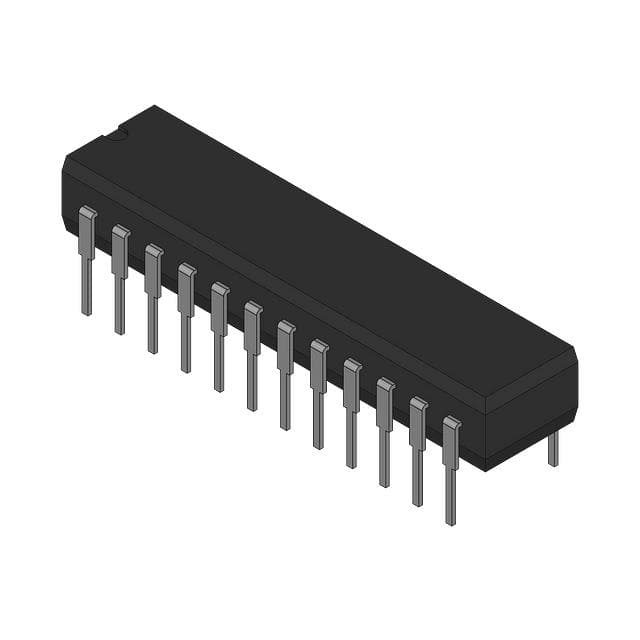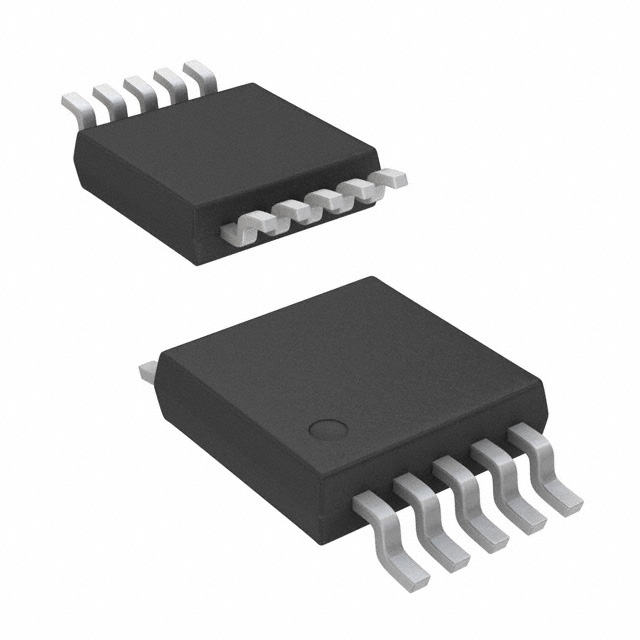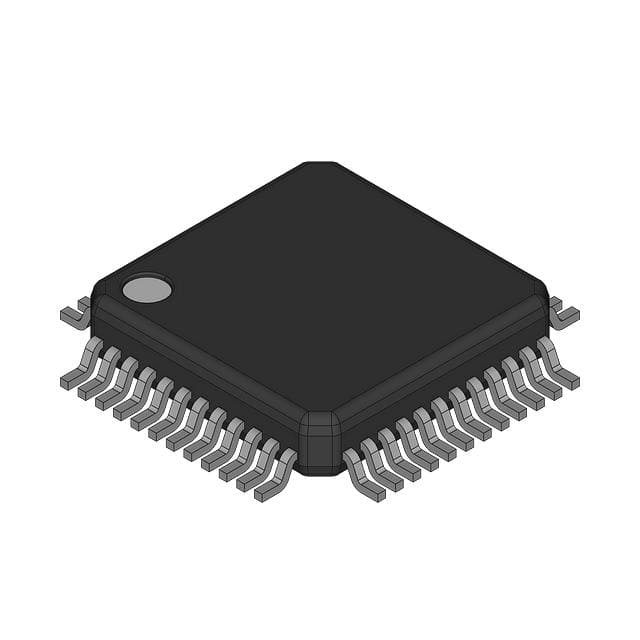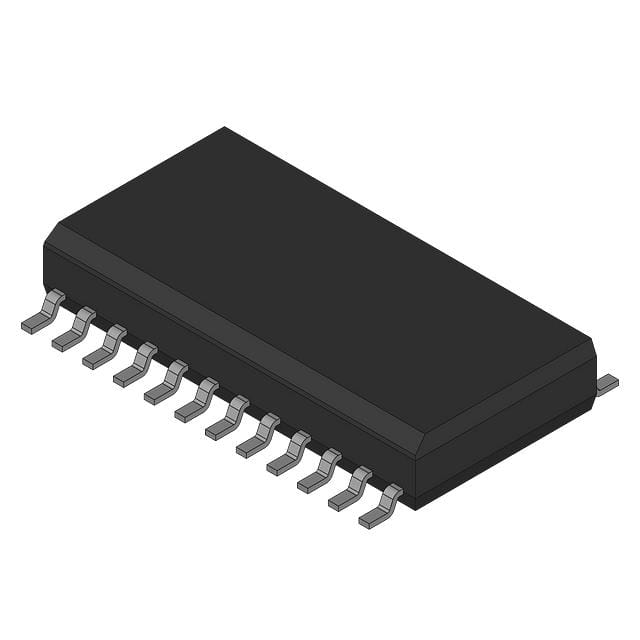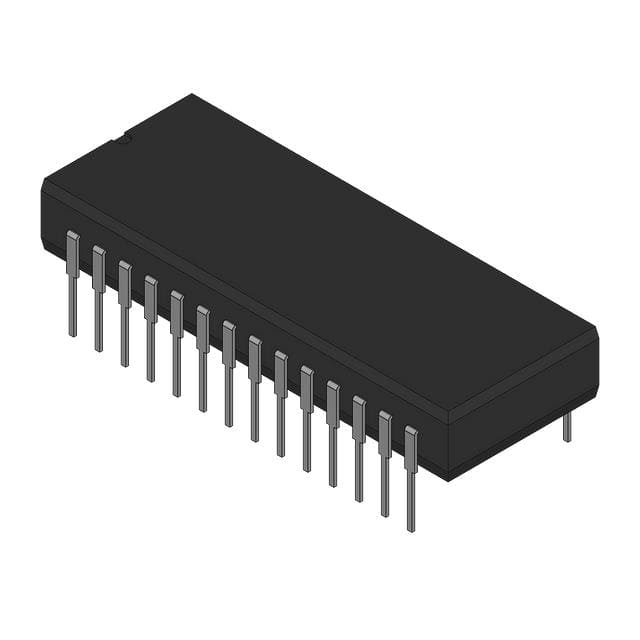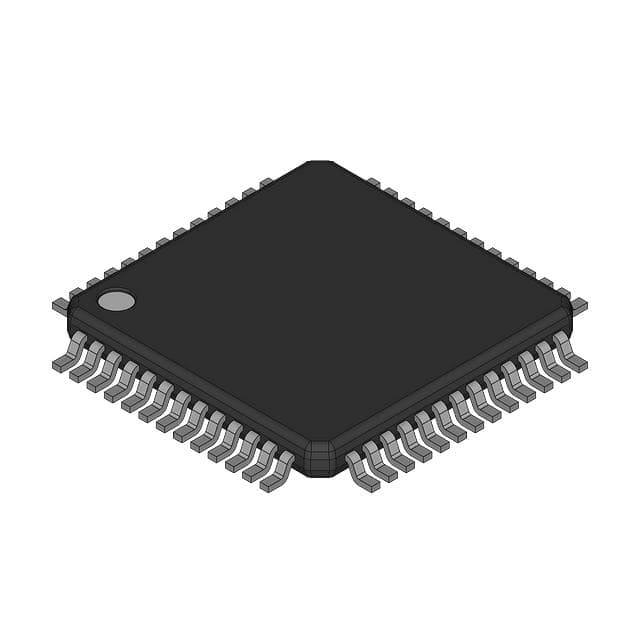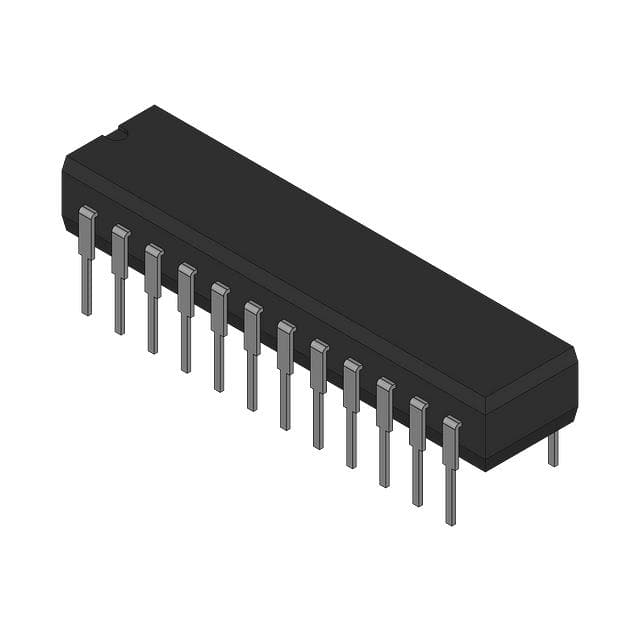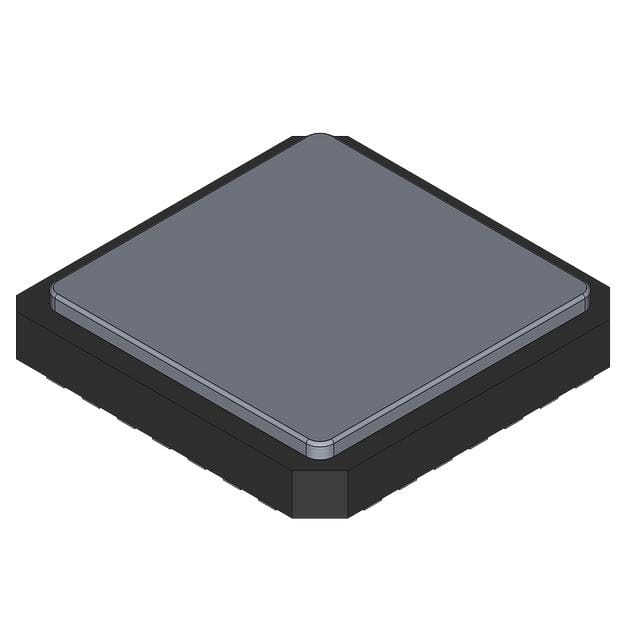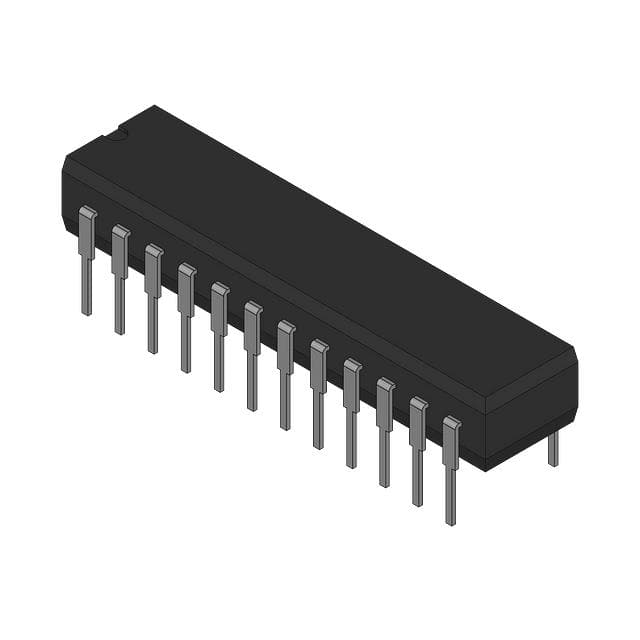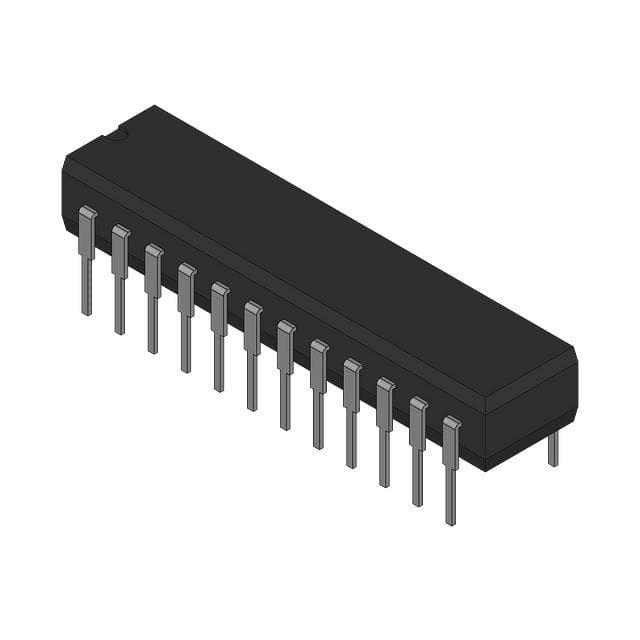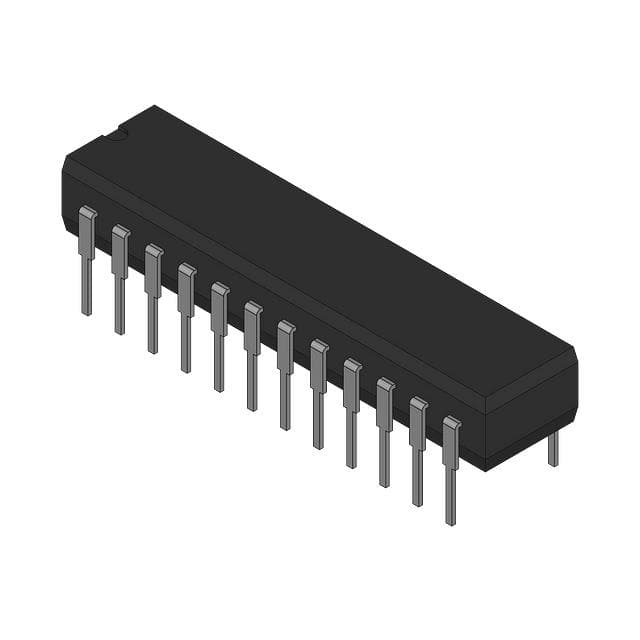AD7672UQ10 Product Introduction:
Analog Devices Inc. Part Number AD7672UQ10(Data Acquisition - Analog to Digital Converters (ADC)), developed and manufactured by Analog Devices Inc., distributed globally by Jinftry. We distribute various electronic components from world-renowned brands and provide one-stop services, making us a trusted global electronic component distributor.
AD7672UQ10 is one of the part numbers distributed by Jinftry, and you can learn about its specifications/configurations, package/case, Datasheet, and other information here. Electronic components are affected by supply and demand, and prices fluctuate frequently. If you have a demand, please do not hesitate to send us an RFQ or email us immediately sales@jinftry.com Please inquire about the real-time unit price, Data Code, Lead time, payment terms, and any other information you would like to know. We will do our best to provide you with a quotation and reply as soon as possible.
Introducing the Analog Devices Inc. AD7672UQ10, a cutting-edge analog-to-digital converter (ADC) that sets new standards in precision and performance. Designed with utmost precision and reliability, this ADC is the perfect solution for a wide range of applications.
The AD7672UQ10 boasts an impressive 10-bit resolution, ensuring accurate and detailed conversion of analog signals into digital data. With a sampling rate of up to 1 MSPS (mega samples per second), it delivers real-time data acquisition, making it ideal for high-speed applications. Its low power consumption and small form factor make it suitable for portable and battery-powered devices.
This ADC features a wide input voltage range of ±10V, allowing it to handle a variety of signal levels. Its excellent linearity and low noise ensure high-quality conversion, resulting in precise and reliable data. The AD7672UQ10 also includes an integrated reference voltage, eliminating the need for external references and simplifying the design process.
The AD7672UQ10 finds its application in various fields, including industrial automation, medical equipment, communication systems, and scientific instrumentation. It is particularly well-suited for data acquisition systems, where accurate and fast conversion of analog signals is crucial. Its versatility and performance make it an essential component in any system that requires high-quality analog-to-digital conversion.
In summary, the Analog Devices Inc. AD7672UQ10 is a state-of-the-art ADC that offers exceptional precision, speed, and versatility. With its advanced features and wide range of applications, it is the perfect choice for engineers and designers seeking the highest level of performance in their analog-to-digital conversion needs.
Analog to digital Converters (ADCs) are electronic devices used to convert continuously varying Analog signals into discrete Digital signals. This process usually includes three steps: sampling, quantization and coding. Sampling means capturing the instantaneous value of an analog signal at a fixed frequency; Quantization approximates these transient values to the nearest discrete level; Finally, the encoding converts the quantized value into binary numeric form.
Application
ADCs(Analog-to-digital Converters) is widely used in a variety of scenarios, such as audio and video recording, measuring instruments, wireless communications, medical devices, and automotive electronics. For example, in audio devices, the ADC is responsible for converting the sound signal captured by the microphone into a digital format for easy storage and transmission.
FAQ about Data Acquisition - Analog to Digital Converters (ADC)
-
1.
What is ADC for data acquisition?
A data collector is an electronic device used to convert various data (such as barcodes, RFID tags, etc.) into a storable and editable format and transmit it to a computer or system in real time. Data collectors are usually operated using handheld devices (such as inventory counting machines or PDAs) and have functions such as real-time acquisition, automatic storage, instant display, instant feedback, automatic processing, and automatic transmission. They can be widely used in warehouse management, logistics transportation, retail, medical, military and other fields. The main functions of data collectors include data acquisition, real-time data processing, data storage and transmission.
ADC, or analog-to-digital converter, is an electronic device that can convert continuously changing analog signals into discrete digital signals. It is mainly used in data acquisition, signal processing, communication and other fields.
-
2.
How many types of ADC are there?
The types of ADC (Analog-to-Digital Converter) mainly include:
1. Integral ADC: Its working principle is to convert the input voltage into time (pulse width signal) or frequency (pulse frequency), and then obtain the digital value by the timer/counter. The advantage of the integral ADC is that it can obtain high resolution with a simple circuit and has strong anti-interference ability, but the disadvantage is that the conversion rate is extremely low because the conversion accuracy depends on the integration time.
2. Successive approximation type (SAR ADC): The successive approximation ADC is one of the most common architectures. Its basic principle is to convert by gradually approximating the value of the analog input signal. The advantages of the successive approximation ADC are high speed and low power consumption. It is cheap at low resolution, but expensive at high precision.
3. Parallel comparison type/serial-parallel comparison type ADC: The parallel comparison type AD uses m
-
3. What is the principle of analog-to-digital converters?
The working principle of the analog-to-digital converter (ADC) is to convert analog signals into digital signals through four processes: sampling, holding, quantization, and encoding.
The main components of the analog-to-digital converter include samplers and quantizers, which work together to convert continuous analog signals into discrete digital signals. This process requires a reference analog quantity as a standard, and the maximum convertible signal size is usually used as the reference standard. The basic principles of the analog-to-digital converter can be summarized as follows:
Sampling: The analog-to-digital converter first samples the input analog signal through a sampling circuit, that is, discretizes the analog signal on the time axis.
Holding: The sampled signal is held by the holding circuit for the next quantization and encoding process.
Quantization: The quantization process is to divide the amplitude of the sampled and held analog signal into a finite number of le
 Lead free / RoHS Compliant
Lead free / RoHS Compliant



